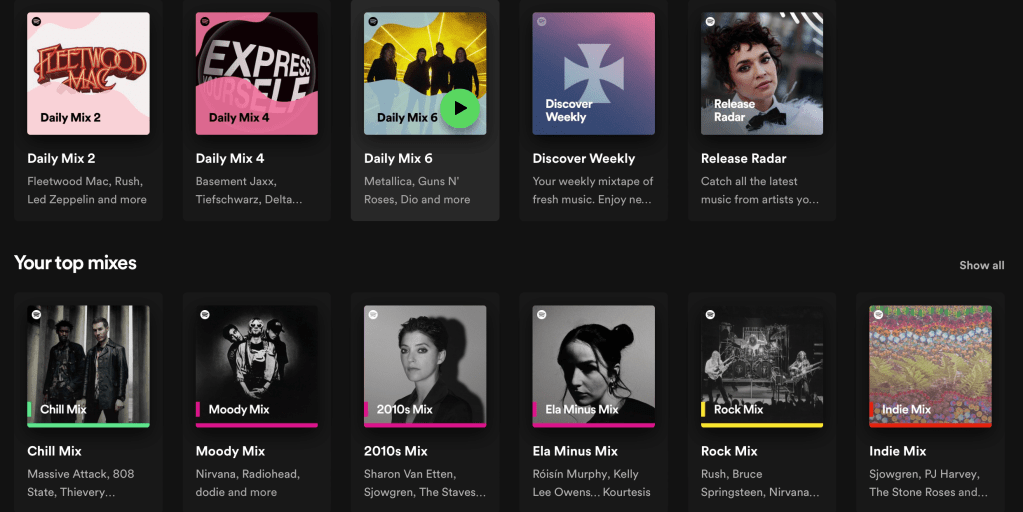One week, two Manchester City FC ticket issues. There aren’t complaints about the on-field management, the overall direction the club is heading, or the proposals for the future. But it isn’t news to anyone that there’s currently a cost-of-living crisis and the club has come across tone deaf in recent weeks.
The two issues are rooted in the same concern. Season ticket prices were announced, bringing wholesale increases. At the same time, fans who weren’t in the Champions League cup scheme were left unable to purchase a ticket for the home match against Real Madrid. Breaking down the Madrid semi-final first, it’s clear the club wanted to shift the tickets reserved for those in the cup scheme, then open it to all and sundry.
This means the club didn’t take into consideration how many matches a person had attended prior to the semi-final. There was no sliding scale to recognise loyalty. A person can only be in the cup scheme if they are a season ticket holder. Not everybody can afford this or may have been on waiting lists. There should be a secondary cup scheme for those who aren’t season ticket holders. No one is arguing with the cup scheme getting first dibs, but if any remain after this period, they should be released on either points or cup games attended that season as the criteria.
The club didn’t employ the method they used for the home game against Bayern Munich because the Real Madrid game isn’t considered “high risk”. This could be for one of two reasons. First, the club can argue Real Madrid returned some of their allocation. Thus, this would indicate a reduction in potential flashpoints between opposing fans. The second reason is more sinister: it had nothing to do with fan safety. The club knew they could instantly sell out to tourist fans so bypassed the loyal working class.
This is shortsighted at best. If you force out the most loyal of fan, good luck trying to get a decent gate when playing Carlisle United in the Carabao Cup.
However, it would be naïve to think the club is shortsighted. The entire business model is the blueprint for how to run a modern day football empire. So it’s with fear, the club appears to be sending the message that the working class is surplus to requirement.
The Abu Dhabi investment has revitalised areas of Manchester far more effectively than any Tory government’s idea of “levelling up”. They may have enriched communities but the one area the fanbase judges them most harshly: ticket prices, will always overshadow these improvements.
Everyone will always – to a lesser or greater degree, depending on personal circumstances – bemoan an increase to their season ticket. It should have come as little surprise there were increases. Huw Pill, the Bank of England’s chief economist, callously implied this week that workers should accept lower wage increases and accept they were going to be worse off.
This mindset hasn’t been extended to the 1% and big companies.
It has followed its way to the club’s thinking. There has been zero transparency or explanation for the seemingly arbitrary season ticket increases. There is a pattern though, and clear, desired outcome. The increases range from around 5%, to 8.3% to in excess of 10%. It seems those in the cheaper seats, often get hit with a disproportionate increase. Surely it would have been fairer to apply a set percentage increase across all season tickets.
So in a cost of living crisis, those with less, suffer more. At least the club is reflecting how society works.
There is a growing feeling among fans that the business model is to squeeze out the local working class and bring in high spending tourists. In order to grow and continue to compete at the highest level, it’s understandable the club wants to exploit this revenue stream but it shouldn’t be to the detriment of loyal supporters.
The increase on tickets is negligible in terms of balancing the books for FFP. It’s all the extras tourist fans bring, like trips to the club shop, that make the difference. Many working class fans are counting the pennies when weighing up multiple trips to Wembley and Champions League matches at home. In the club’s defence, maybe they considered too many tickets would be sold on the secondary market so cut out the middleman? Or perhaps it is growing tired with fan conduct in certain areas of the ground during halftime and sees this as a way to restrict negative elements? We don’t know the rationale because nothing is openly communicated.
Only those at the club know if they want a genuine connection with its fanbase or if improvements to local communities really are the product of sportswashing like detractors would have you believe.
If feels like the club see this as a natural evolution. That over time, the stands will resemble Stamford Bridge more than Maine Road and only the wealthy are ensured seats to the big games.
But there’ll never take away those mouthwatering midweek League Cup games to lower league opposition.




